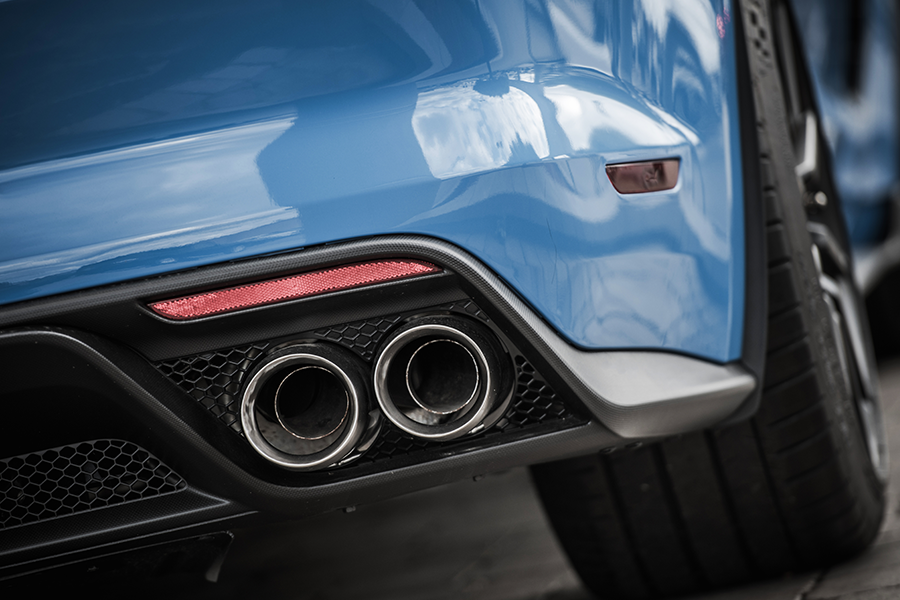
A quick pub quiz for you, ‘What was the fastest car of the 1990s?’, here’s a hint for you – it was British!
The buzz word of the 1990s was speed, in particular, outright top speed. Man’s thirst for speed wasn’t just a thing of the 1990s though, it started not long after the car was first invented.
In the early 20th century, a Vauxhall was Britian’s first car to achieve 100 mph and ever since that landmark achievement car manufacturers have been pushing the envelope in search of the next speed hurdle, the elusive 200 mph. At the tail end of the 1980s the 200 mph benchmark was achieved by a Ferrari F40, but only just, with a top speed of 201 mph. The Ferrari F40 was a marvel of engineering, but it’s not British.
So, back to the pub quiz, ‘What was the fastest car of the 1990s?’ if you said the Jaguar XJ220 you were close but no cigar. If you said the McLaren F1 (road car) give yourself a pat on the back. The McLaren F1 was unique in its design with the driver positioned front and centre of the car. Powered by a 6,1 litre V12 engine the McLaren F1 not only achieved the landmark 200 mph it smashed it, with a top speed of 240 mph!
But, before you go too far with your celebrations, for all its engineering achievements, the McLaren F1 was not the fastest British built car of the 1990s! That accolade goes to Thrust SSC when on the 15th of October 1997 at the Black Rock Desert salt flats Thrust SSC achieved an astounding 763 mph. Such was the dominance of Thrust SSC it still holds the outright land speed record to this day, some 26 years later. Thrust SSC had to complete two runs, within a set time frame, over a flying mile and actually broke the sound barrier on each run, the very first land base vehicle ever to do so! In breaking the sound barrier Thrust SSC created a sonic boom which was clearly heard across the salt flats and beyond. The technical specifications of Thrust SSC are quite remarkable at 16.5 meters long weighting over 10 tonnes and powered by two afterburning Rolls-Royce Spey turbofan engines which gave it a total thrust of 223 kN (approximately 50,000 pounds-force), that is equivalent to around 102,000 brake horsepower.
Although not built for acceleration it could hit 100 mph in around four seconds and at top speed consumed 18 litres of fuel per second!
The world’s interest in outright top speed has waned and now it’s more about the MPG than the MPH these days, but there is still a glimmer of hope for the next land speed record goal, 1000 mph. A project has been bumbling along for several years now aiming to achieve just this. But, to achieve great speed, you need great engineering, but ask any engineer ‘worth his salt’ what is needed to achieve great speed and they will probably tell you, data, and lots of it!